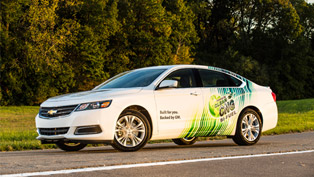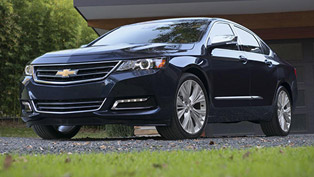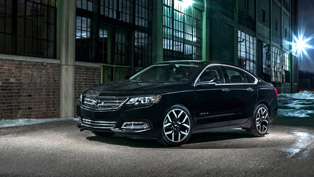Chevrolet Impala's CNG tank can survive bullets
There are many different fuels besides gasoline out there with each one of them having advantages and drawbacks. In the recent years, however, compressed natural gas (CNG) has become a popular type of fuel due to several advantages – it is cheap, it does not pollute the environment and it provides almost as much power as gasoline. The drawback? It's the CNG tank as there may be leakages and other problems.
This is not the case with the tank of the CNG-powered 2015 Chevrolet Impala. The car boasts a tank that is so safe and so strong it can survive bullets and fires that come from different directions. Chevrolet has achieved this level of endurance and safety by adding a large piece of cast aluminum that protects the tank valve and connection from certain side impacts and sheet metal plates on either side help protect it from loose objects in the trunk or rear seat. Chevrolet has also exposed the tank to pressures higher than 3,600 PSI, which is the normal value and then other extreme situations, exceeding US federal regulations and CNG industry guidelines. In addition to that the tank has undergone long-term structural integrity tests equivalent to 15,000 pressure cycles and hydrostatic burst tests of up to 8,100 PSI. This is what the tank also had to endure:
- The industry-standard Bonfire Test confirms the CNG tank's pressure relief valves are operational and help prevent the tank from rupturing in a fire. In addition to placing the tank about four inches above a steady 800-degree Fahrenheit fire, General Motors' engineers added trunk, back seat and underbody fires to test the pressure relief valves' ability to sense heat on all sides of the tank. And the tests were done at two different fuel levels.
- In the Penetration Test, the tank is filled to its service pressure and is shot with a 7.62 mm armor piercing bullet. In order to pass the test, the bullet has to pass completely through one side of the tank without exiting out the other side. The goal is to have the tank maintain the bullet hole only as the weak structural point, without rupturing.
- Front barrier, side impact and rear impact crash tests were conducted on the Bi-Fuel Impala. Some aftermarket CNG-conversion kit manufacturers conduct only a barrier test.
The all-steel, trunk-mounted tank holds about 7.8 gallons of gas, enough for the driver to cover about 150 miles of driving after which the car automatically and seamlessly switches to gasoline. The Bi-fuel Impala, which is also a 2015 "Green Car of the Year" finalist, is the auto-industry's only manufacturer-produced full size sedan in North America that runs both on CNG and gasoline. The CNG system is covered by a 5-year, 100,000-mile limited warranty, whichever comes first, and can be serviced at Chevy dealerships in both the USA and Canada.
The CNG-powered 2015 Chevrolet Impala can be ordered now. The car will ship by the end of this year.
Source: Chevrolet
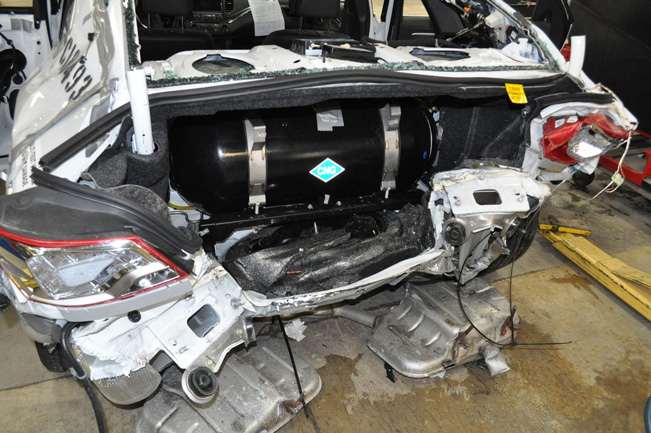
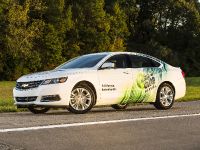
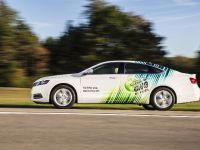
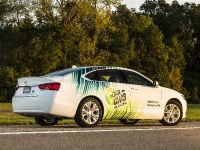
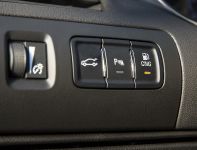
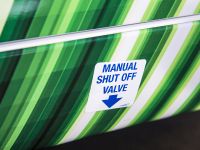
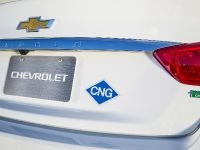
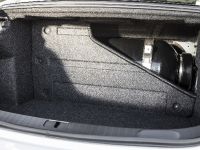
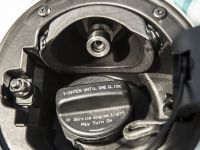
![New Technology Features For 2014 Chevrolet Impala [VIDEO]](http://www.automobilesreview.com/uploads/2013/09/2014-Chevrolet-Impala-ACC-BIG.jpg)
